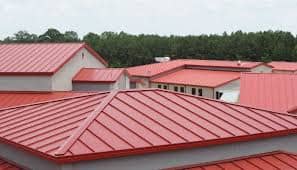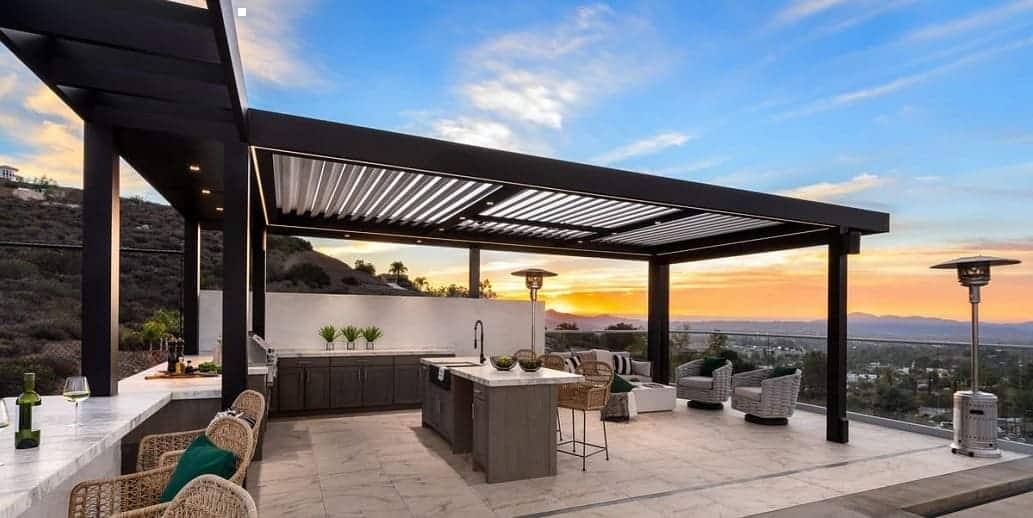Introduction:
Shed roofs are a popular choice in architecture, offering simplicity, functionality, and versatility. From modern minimalist designs to rustic retreats, the variety of shed roof styles allows for creative expression while accommodating various environmental conditions and aesthetic preferences. In this comprehensive guide, we’ll delve into the characteristics, advantages, and applications of different types of shed roofs, helping you choose the perfect option for your next architectural project.
Mono-Pitched Roof:
- Definition: Also known as a single-sloped or lean-to roof, the mono-pitched roof features a single flat surface that slopes in one direction, typically away from a supporting wall or structure.
- Advantages: Mono-pitched roofs are cost-effective, easy to construct, and ideal for shedding water and snow in regions with moderate to low precipitation.
- Applications: Commonly used in modern and minimalist architecture, mono-pitched roofs are suitable for small structures such as sheds, cabins, and extensions.
Gable Roof:
- Definition: The gable roof consists of two sloping surfaces that meet at a ridge, forming a triangular shape at each end known as a gable.
- Advantages: Gable roofs provide excellent ventilation, efficient water drainage, and ample attic space for storage or living areas.
- Applications: Widely utilized in residential, commercial, and agricultural buildings, gable roofs are versatile and adaptable to various architectural styles and climates.
- Gambrel Roof:
- Definition: Resembling the shape of a barn roof, the gambrel roof features two distinct slopes on each side, with the lower slope steeper than the upper slope.
- Advantages: Gambrel roofs maximize interior space, allowing for additional headroom or storage in the attic, making them popular for barns, garages, and loft apartments.
- Applications: With their distinctive silhouette and nostalgic charm, gambrel roofs are favored in traditional and country-style architecture, evoking a sense of warmth and heritage.
Saltbox Roof:
- Definition: The saltbox roof is characterized by asymmetrical slopes, with one side shorter and steeper than the other, creating a distinctive profile reminiscent of colonial-era salt storage containers.
- Advantages: Saltbox roofs offer architectural interest, energy efficiency, and effective rainwater runoff, making them suitable for historical renovations and contemporary homes alike.
- Advantages: Skillion roofs are versatile, allowing for creative design possibilities, efficient rainwater drainage, and compatibility with solar panel installations.
Conclusion:
Shed roofs encompass a diverse range of styles, each offering unique advantages and aesthetic appeal. By understanding the characteristics and applications of different shed roof styles, you can make informed decisions that enhance the architectural integrity and functionality of your next building project.





